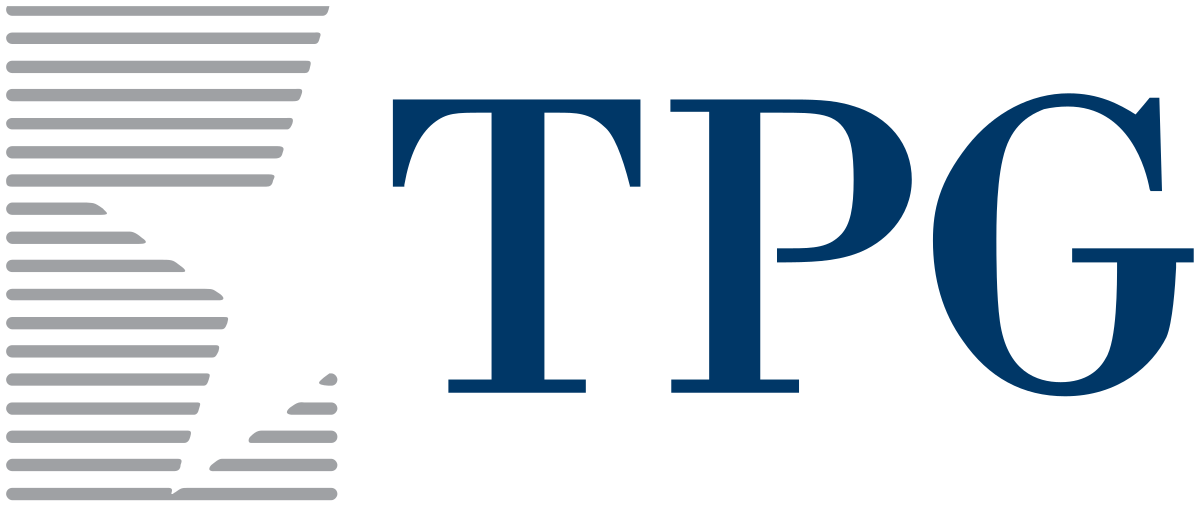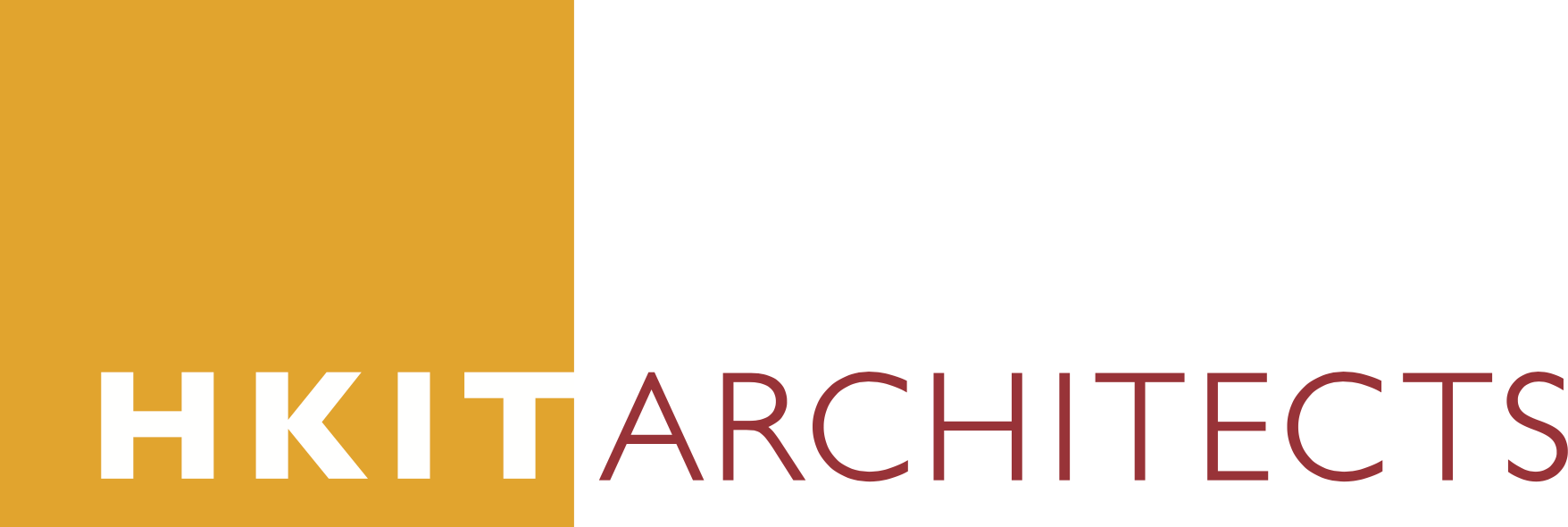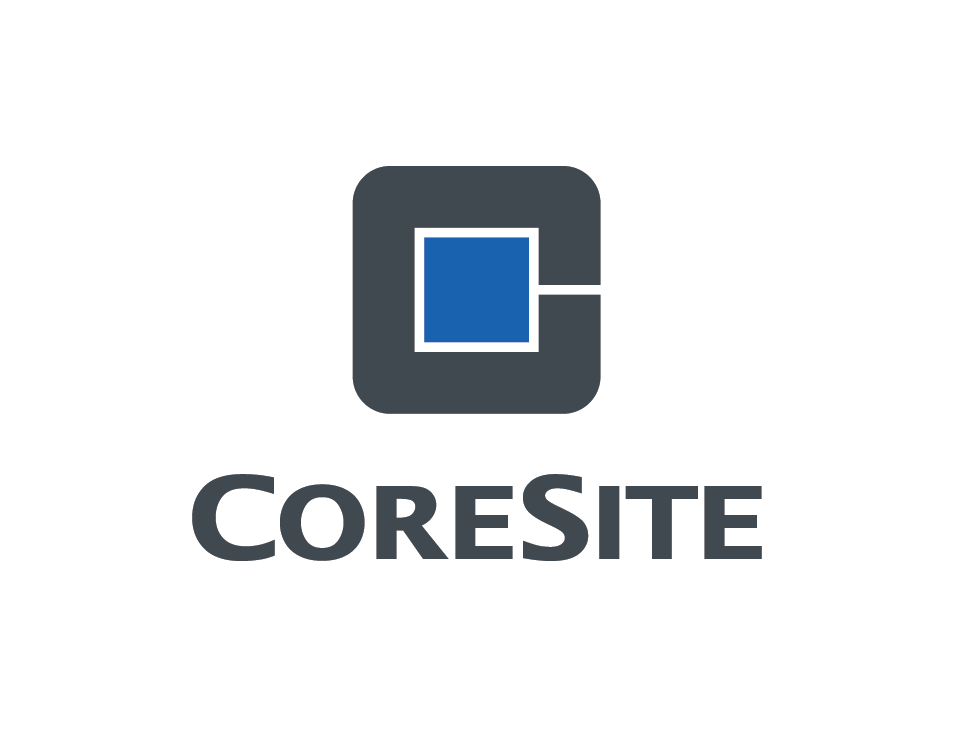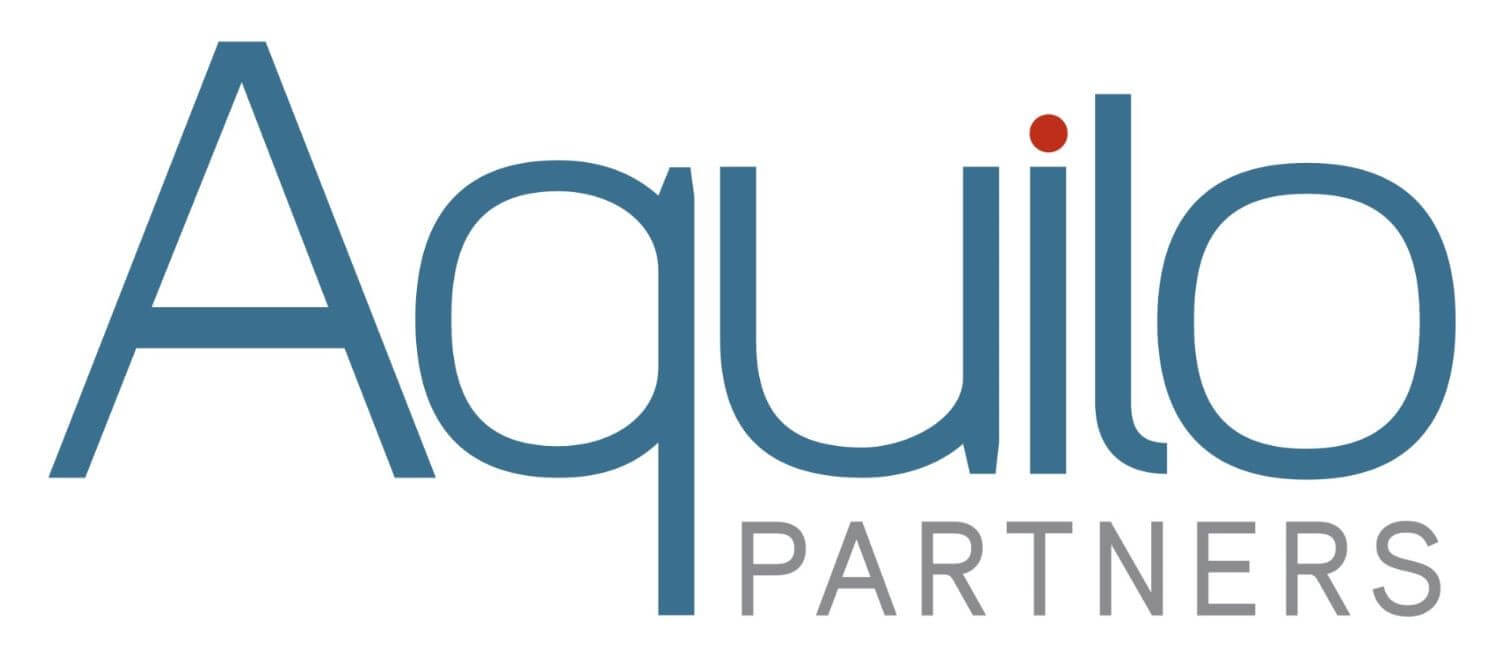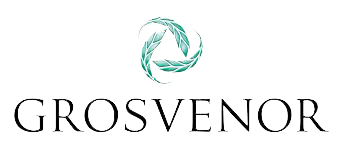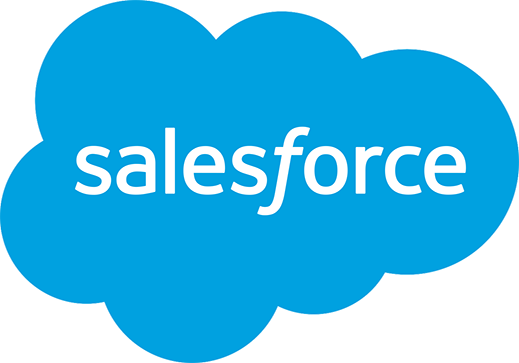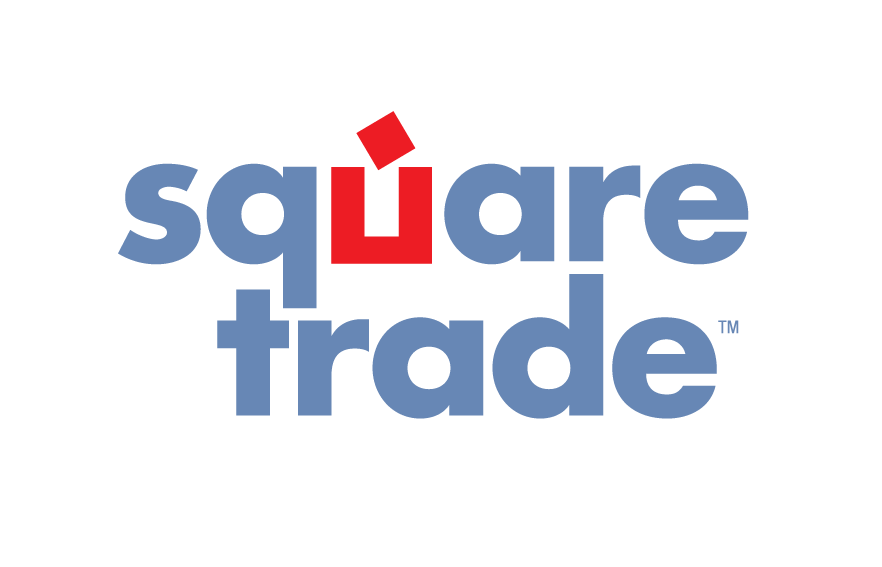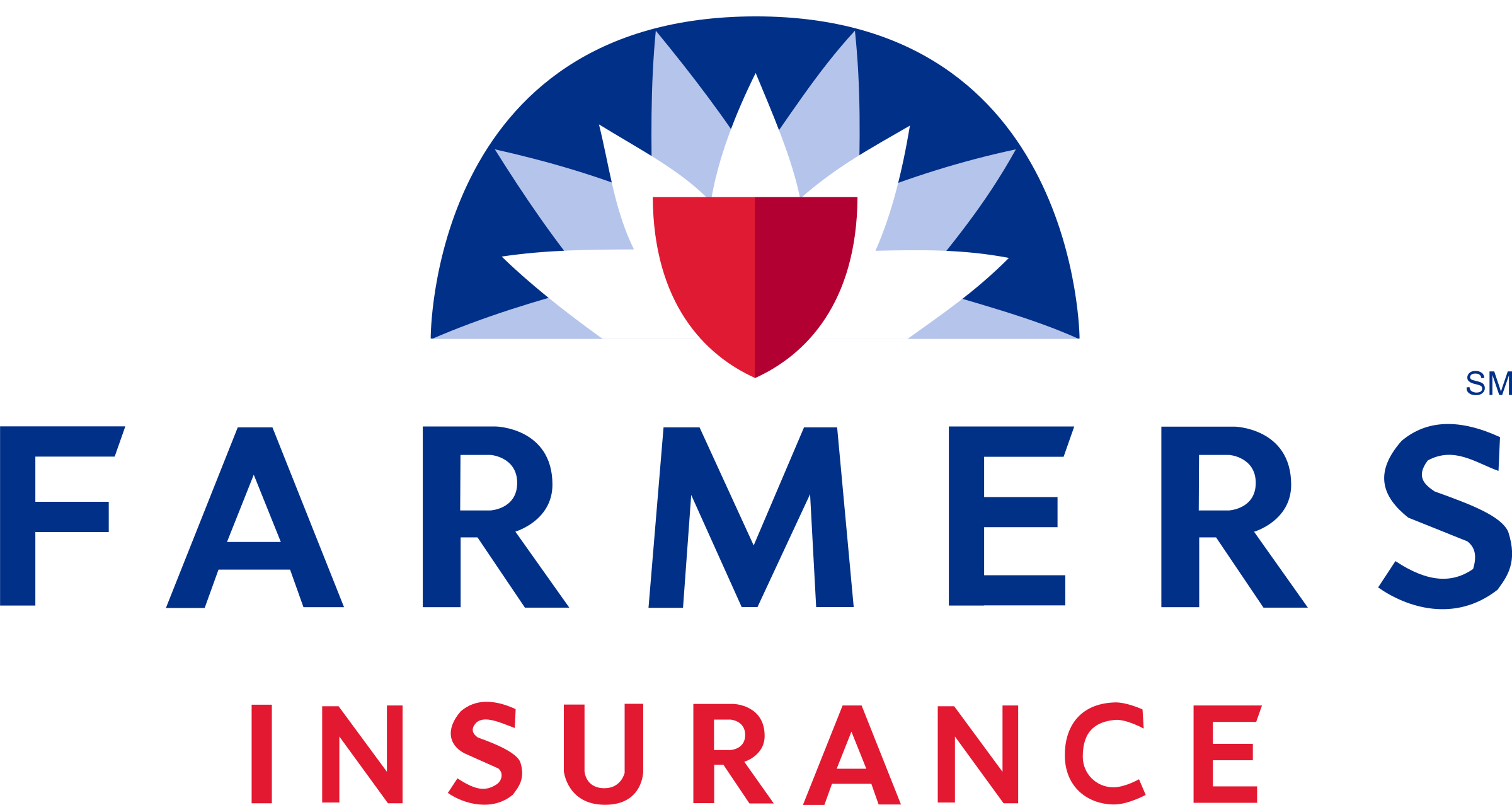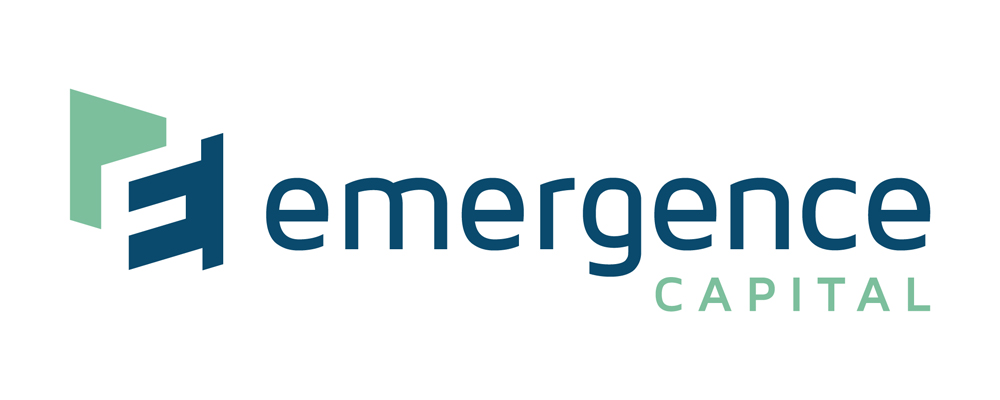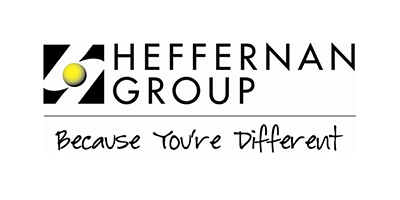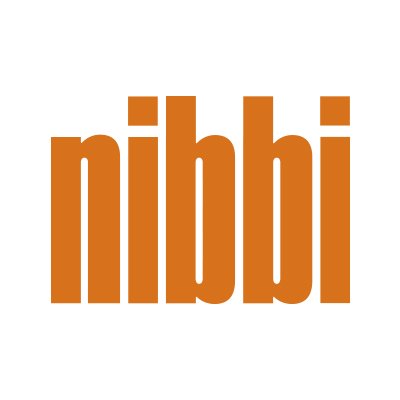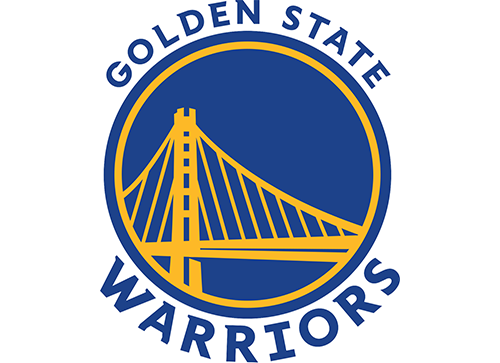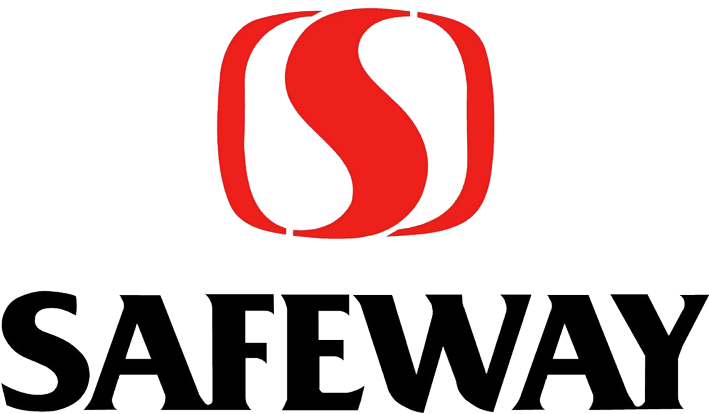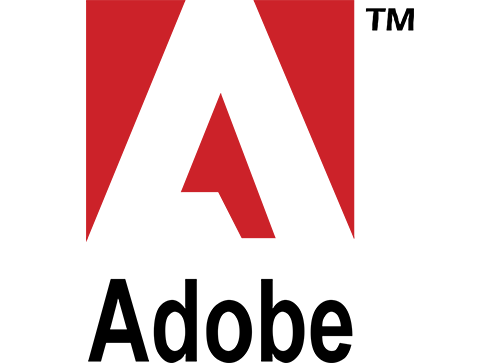St. Anthony’s Medical Clinic Welcomes New Chief Medical Officer, Dr. Larry Kwan, Assistant Professor, Medicine, Primary Care and Population Health, Stanford Health Care
May 2, 2023

You are currently at Stanford Health Care where you are part of the Division of Primary Care and Population Health. We’ve heard great things about you and your work, particularly on behalf of those experiencing homelessness. Can you tell us more?
About 20 years ago, I helped start what became the Valley Homeless Healthcare Program (VHHP) in Santa Clara County which continues to provide much-needed healthcare services to people experiencing homelessness in the South Bay. After my Internal Medicine residency training at Valley Medical Center, I took a job funded by a grant to treat active injection drug users in a county-owned methadone clinic called the Puentes Clinic. We were targeting active users in hopes that we could bring more people into recovery by providing a non-judgmental environment where they could get good primary care independent of their recovery status.
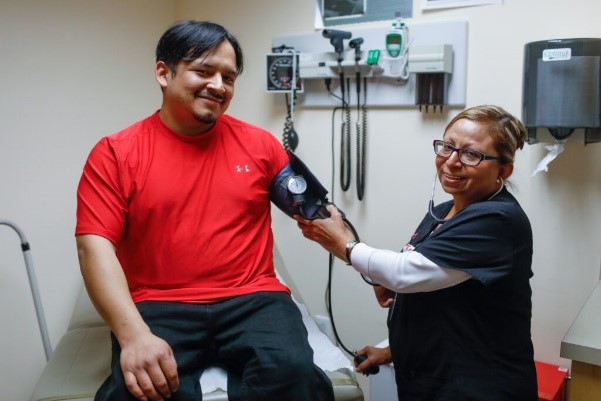
Around this time, the county received a FQHC 330(h) homeless grant which resulted in an infusion of funds to grow our small program of four people into a team of 30 to 40 individuals focused on the overall needs of vulnerable populations in Santa Clara County. Our motto at that time was ‘A safety net for the safety net’. We started mobile clinics and drove to Gilroy to care for migrant workers, partnered with needle exchange programs, and developed a respite program for recently discharged hospitalized homeless patients. Dr. Jim O’Connell from Boston Health Care for the Homeless provided us with much needed mentoring for our program and helped us develop the spirit of what it means to care for those living on the streets.
What did you learn?
I learned how to see healing and clinical care less restrictively and more broadly to meet the population where they’re at. I had to unlearn the ‘normal’ ways we care for patients who are housed and re-think the needs of the most basic elements of ambulatory care. Do we really need a schedule? Do we really need a room?
For instance, one of the early interventions was to get rid of the schedule. After realizing most of our patients were either late or not showing up as scheduled for our appointment, the team decided to provide care on a ‘drop-in’ basis.
This led to a long line outside. So, we collaborated with a nearby psychology school in Palo Alto with interns eager to provide therapy services. We provided the waiting room with a therapist which essentially turned the waiting room into an ad-hoc group therapy session where folks in need could talk together with a therapist while waiting for their appointment. The waiting room, at times, was more popular than my appointment!
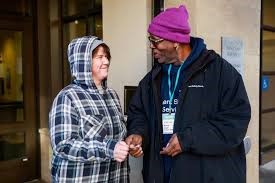
These experiences further emphasized to me the importance of breaking down care and healing into its most basic elements. Most of the time it’s about just showing up for them when they need us.
In this new role, I am really looking forward to learning the specific needs of St. Anthony’s patients in San Francisco. I am excited to be part of an organization with such a long history of caring for the vulnerable in San Francisco. I also love the fact that the services provided at St. Anthony are different than the ones provided in the hospital systems I have worked for in the past. Food, clothing, employment… these are the services that are often what’s really needed. I have a lot to learn.
You have an engineering degree from U.C. Berkeley. How did you transition to becoming a doctor?
I grew up in a traditional Chinese family. My family was concerned about my employment security if I did not get into medicine after college… so I decided to get an engineering degree! I worked at Apple before pursuing medical school in my late 20’s and early 30’s. But it’s interesting… all your experiences come back to help. The experience in a different industry helps me understand system and business issues. It makes me appreciate what innovation looks like in another industry.
At St. Anthony’s, we’re known for our nimbleness, innovation, and impactful services designed to meet guests where they are. What do you hope to achieve at the Foundation?
The problems that St. Anthony’s deals with are some of the most complex in our communities and I love that the Foundation has the flexibility to deal with seemingly unsolvable and pressing problems in creative ways.
Of our organization’s five values of Personalism, Community, Gratitude, Justice, and Healing, which one is your favorite to practice now?
Gratitude because I really feel thankful for this opportunity to contribute to St. Anthony’s mission. It’s a blessing for me. When Stanford is funding your work with an organization like St. Anthony’s, how can you not practice gratitude!
What do you do for fun?
I like running when I find time! I also enjoy traveling with my family – my wife and daughter. Back in 2012, after working in some very intense jobs, my wife and I decided to downshift our careers and temporarily move our family to China. Some of our fondest memories are of exploring new places together in Shanghai and in nearby countries like Vietnam and Myanmar.
Do you care to share anything else?
Yes, I’m grateful for the opportunity to contribute to an organization like St. Anthony’s with such a remarkable history and legacy of doing so much good for San Franciscans in need.
And I’m looking forward to learning more about how St. Anthony’s does its work, particularly after joining some team members on a recent retreat.
A lot of folks talk about the concept of diversity. At the retreat, I witnessed diversity in action. St. Anthony’s unique culture comprised of former clients now running programs is quite impressive.
I loved seeing the appropriate tension point between people who manage programs dialoguing with team members who oversee donor relations. Silos were broken down. The notion of success was challenged and discussed in the same room. I think this leads to healthy ways of solving complex problems.
St. Anthony’s Medical Clinic provides primary and specialty care to the Tenderloin community, serving nearly 2,500 individuals and families annually. We are a safety-net clinic, with 70% of our patients living below the Federal Poverty Level. We focus on patient-centered primary care, with an emphasis on access and dignity. We also provide specialty services, including pediatrics, podiatric medicine, and behavioral health.
Your care and compassion help to ensure that everyone in San Francisco has access to health care. Please help us continue uplifting San Franciscans in need with hope, stability and renewal by donating today.




